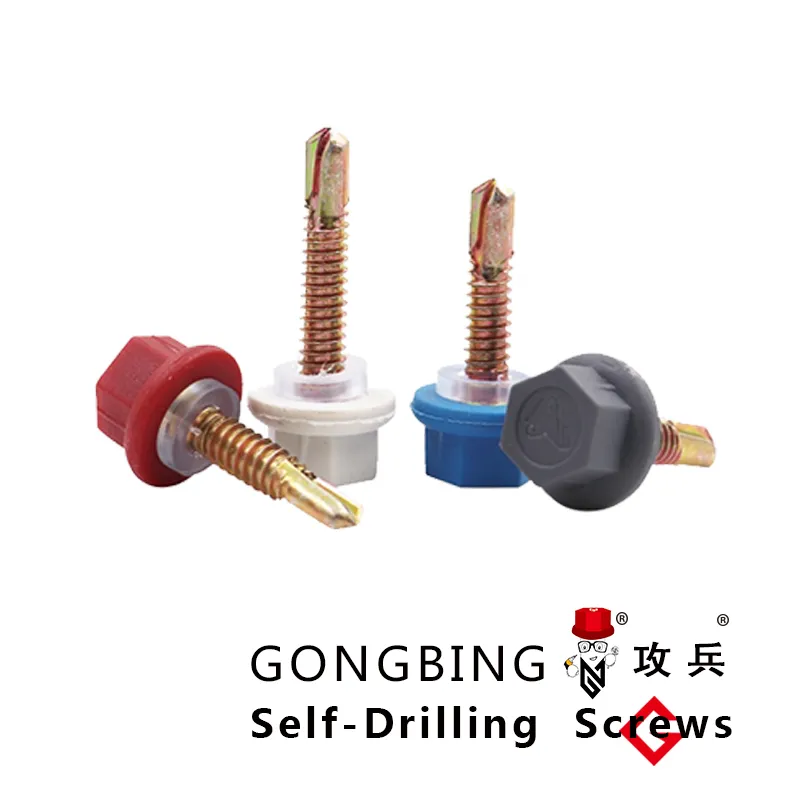steel x bracing
Understanding Steel X Bracing A Key Component in Structural Engineering
In the realm of structural engineering, the safety and stability of buildings and other constructions are paramount. One of the critical systems employed to enhance structural integrity is the use of steel X bracing. This method, characterized by its distinctive X shape, serves as an efficient solution to resist lateral forces, particularly during events such as strong winds or seismic activities.
What is Steel X Bracing?
Steel X bracing refers to a specific structural bracing system that utilizes diagonal steel members arranged in an 'X' configuration. This design can be integrated into the frames of buildings and bridges, effectively enhancing their ability to withstand lateral loads. The key action provided by this system is to redistribute loads across the structure, allowing for improved resilience against forces that may cause deformation or failure.
Why Choose Steel for Bracing?
The choice of steel as a material for bracing comes with numerous advantages. Steel is known for its high strength-to-weight ratio, allowing for considerable support without adding excessive mass to the structure. Additionally, steel exhibits ductility, which is essential for absorbing energy during dynamic events such as earthquakes. The resilience of steel also means that it can endure significant stress without failing, thus providing additional safety to occupants.
Another advantage is the speed of construction. Pre-fabricated steel members can be quickly assembled on-site, leading to reduced construction time and costs. This efficiency has made steel a preferred choice in modern architectural practices, where timelines are often tight, and budget considerations are crucial.
Applications of X Bracing
The applications of steel X bracing are numerous and varied. It is commonly found in high-rise buildings, where lateral forces become increasingly significant as the height increases. In these structures, X bracing acts as a stabilizing force, preventing swaying and reducing the risk of structural failure.
steel x bracing

Beyond buildings, steel X bracing is extensively used in bridges, towers, and other civil engineering projects. Its adaptability allows it to be employed in various configurations, whether as part of a moment-resisting frame, infill, or shear wall. This versatility makes it an integral component in both new constructions and retrofitting existing structures to meet modern safety standards.
Advantages of X Bracing
The benefits of incorporating X bracing into structural designs extend beyond just strength and durability. One major advantage is the aesthetic appeal that can be achieved by exposing bracing elements, creating a visually striking feature in architectural designs. Moreover, X bracing can also contribute to sustainability efforts by allowing for lighter structures that consume fewer materials.
From an economic perspective, buildings with steel X bracing often require less foundation mass due to their enhanced strength, thereby reducing overall construction costs. Additionally, the durability of steel means fewer repairs and maintenance will be needed over the structure's lifespan, yielding long-term financial savings.
Challenges and Considerations
Despite its advantages, implementing steel X bracing is not without challenges. The design process requires careful consideration of various factors, including load calculations, material quality, and environmental conditions. Engineers must also take into account potential corrosion issues, necessitating treatments or coatings to protect the steel over time.
Moreover, while X bracing is effective in many situations, it may not be the best option in every context. Site-specific conditions and architectural requirements may dictate the use of alternative bracing methods such as knee bracing or core shear walls. Thus, engineers must remain flexible and innovative in their approach to structural design.
Conclusion
In summary, steel X bracing stands out as an essential element in modern structural engineering. Its strength, efficiency, and aesthetic potential make it a widely adopted solution for enhancing the stability of various constructions. As engineering technologies and materials continue to evolve, X bracing will undoubtedly remain a critical technique in ensuring the resilience and safety of structures in facing the forces of nature.
-
Weatherproof Plastic Expansion Anchors for OutdoorHabariJun.06,2025
-
Sustainability in the Supply Chain: Eco-Friendly TEK Screws ProductionHabariJun.06,2025
-
Load-Bearing Capacity of External Insulation FixingsHabariJun.06,2025
-
Double Head Bolts: Enhancing Efficiency in Industrial MachineryHabariJun.06,2025
-
Corrosion Resistance in Chipboard Screws: Coatings for Wholesale DurabilityHabariJun.06,2025
-
Butterfly Toggle Bolts : Enhancing Structural ResilienceHabariJun.06,2025
